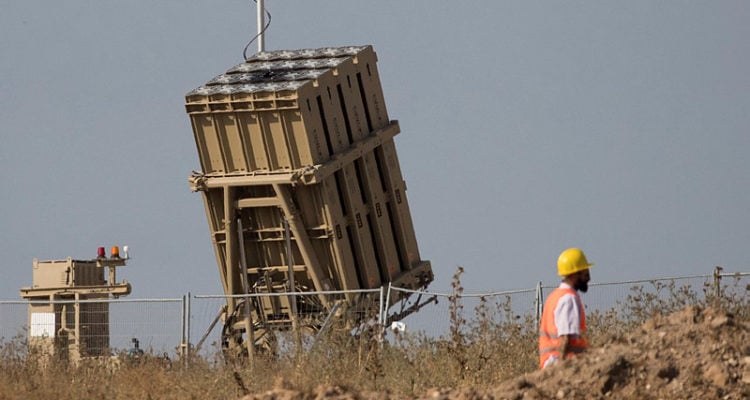The air defense system, said the IDF spokesman, is deployed based on an assessment of where it is necessary at a given time.
By World Israel News Staff
Questions were being raised Monday over why the Iron Dome air defense system did not intercept the rocket that was fired from the Gaza Strip into central Israel and injured several people.
IDF spokesman Brig. Gen. Ronen Manelis indicated that the reason was that there was no Iron Dome battery deployed in the area.
“The Iron Dome system did not intercept the rocket because it is deployed based on an assessment of the situation,” said the spokesman.
Iron Dome batteries have, in fact, been moved around the country based on demand. They have been deployed in the north, center, and south of the country.
The lack of its deployment in the range of where Monday’s attack took place shows the level of surprise in Israel over the firing into the central region.
One of the issues considered is how far away the air defense system can be to intercept a rocket.
Based on recent figures, the system is designed to intercept and destroy short-range rockets and artillery shells fired from distances of 4 kilometers (2.5 miles) to 70 kilometers (43 miles) away. Israel reportedly hopes to increase the range of Iron Dome’s intercept capability to 250 kilometers (155 miles).
The IDF says that the projectile fired into central Israel on Monday morning was a “homemade” Hamas rocket.
The rocket has been identified as the J-80, named after a former senior Hamas commander, Ahmed Jabari, who was killed by Israel in an airstrike on Gaza in 2012.
According to Hamas, the J-80 cannot be intercepted by Iron Dome because it travels on a nonlinear path, the Jerusalem Post reports.




